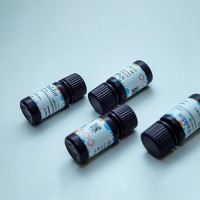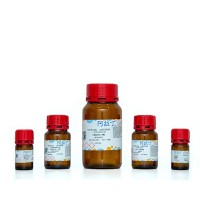Neural stem and progenitor cells (referred to here as NSCs), located in the proliferative zones of embryonic brains, can be seen undergoing mitosis at the ventricular surface. Mitotic NSCs can be arrested in metaphase and chromosome “spreads” produced to reveal their chromosomal complement. Studies in mice and humans have revealed a prominent developmental presence of aneuploid NSCs, whereas other chromosomal defects, such as interchromosomal translocations and partial chromosomal deletions/insertions, are extremely rare (1 ,2 ). Aneuploidy is defined as the loss or gain of whole chromosomes, resulting in cells that deviate from the normal diploid number of chromosomes (46 in humans, 40 in mice). In NSCs, aneuploidy can occur as a result of missegregation during mitosis, through events such as lagging chromosomes, supernumerary centrosomes, and nondisjunction events (3 ). The percentage of aneuploid NSCs can be altered by in vivo and in vitro growth conditions as well as through genetic deletion of genes involved in DNA surveillance and repair (1 ,4 ). Aneuploidy can be detected by classical cytogenetic methods such as counting the number of chromosomes visualized by DNA dyes (e.g., 4,6-diamidino-2-phenylindole) by using standard light or fluorescence microscopy. Precise chromosome identification is much more difficult: classical methods using banding patterns or size to assign identity are very time consuming even under ideal conditions, and they are notoriously difficult in mice, which often have ambiguous banding patterns and acrocentric chromosomes. A comparatively new technique that allows the unambiguous identification of chromosomes in mice and humans is “spectral karyotyping” or SKY, developed by Ried et al. at the National Institutes of Health for the study of cancer cells (5 ). This technique uses chromosomal “paints” that are hybridized to chromosome spreads to produce a distinct spectral output for each chromosome. SKY offers superior speed and sensitivity in its ability to detect many types of chromosomal defects, including deletions, insertions, translocations, and aneuploidy.






